Improving Core Web Vitals, A Smashing Magazine Case Study
Smashing Magazine
DECEMBER 19, 2021
Improving Core Web Vitals, A Smashing Magazine Case Study. Improving Core Web Vitals, A Smashing Magazine Case Study. LCP, or Largest Contentful Paint , is one of the three Core Web Vitals that you must “pass” to get the full search ranking boost from Google as part of their Page Experience Update. Barry Pollard.

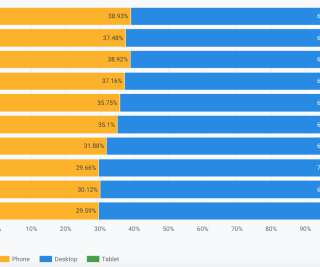
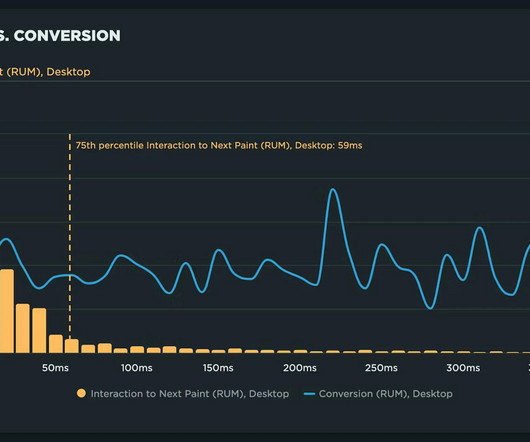
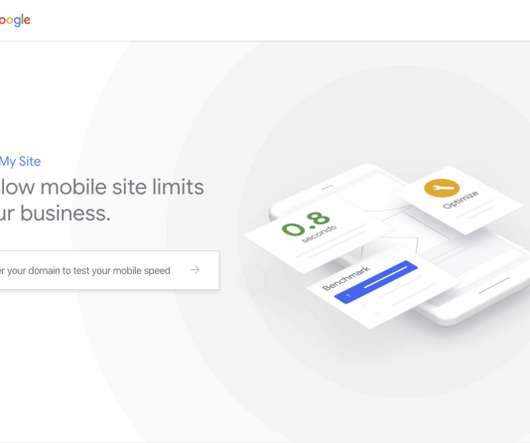
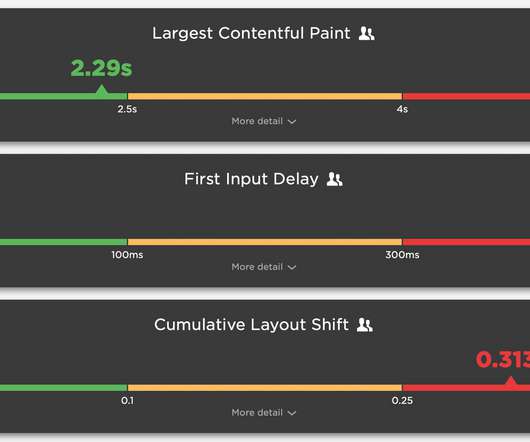







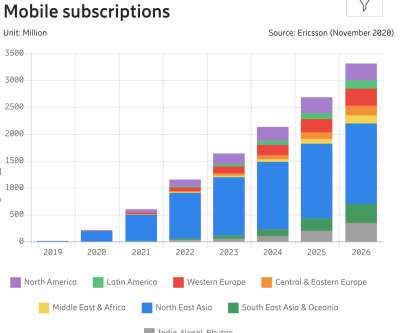


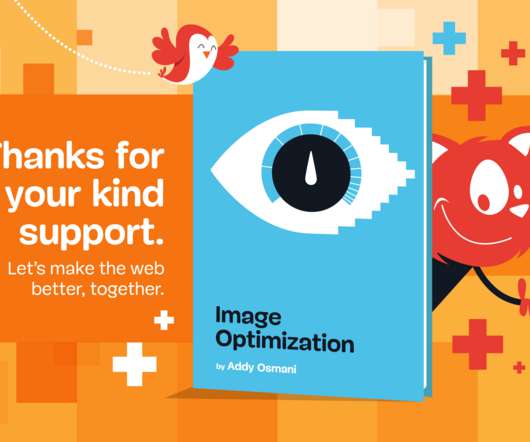
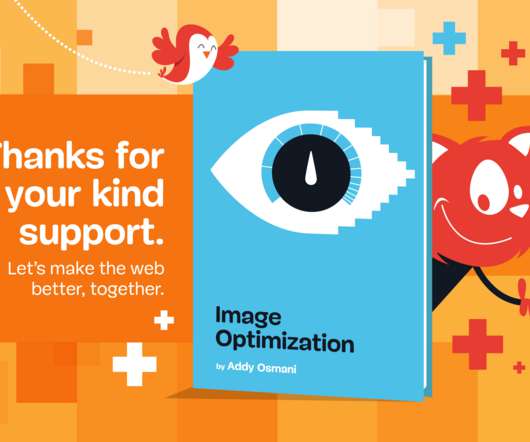










Let's personalize your content